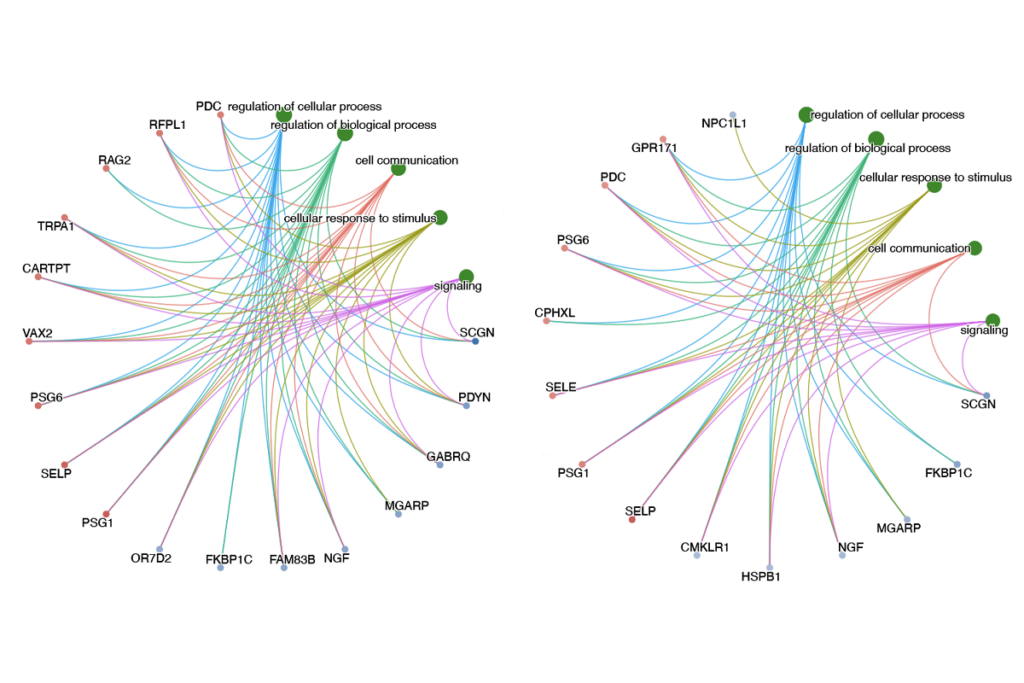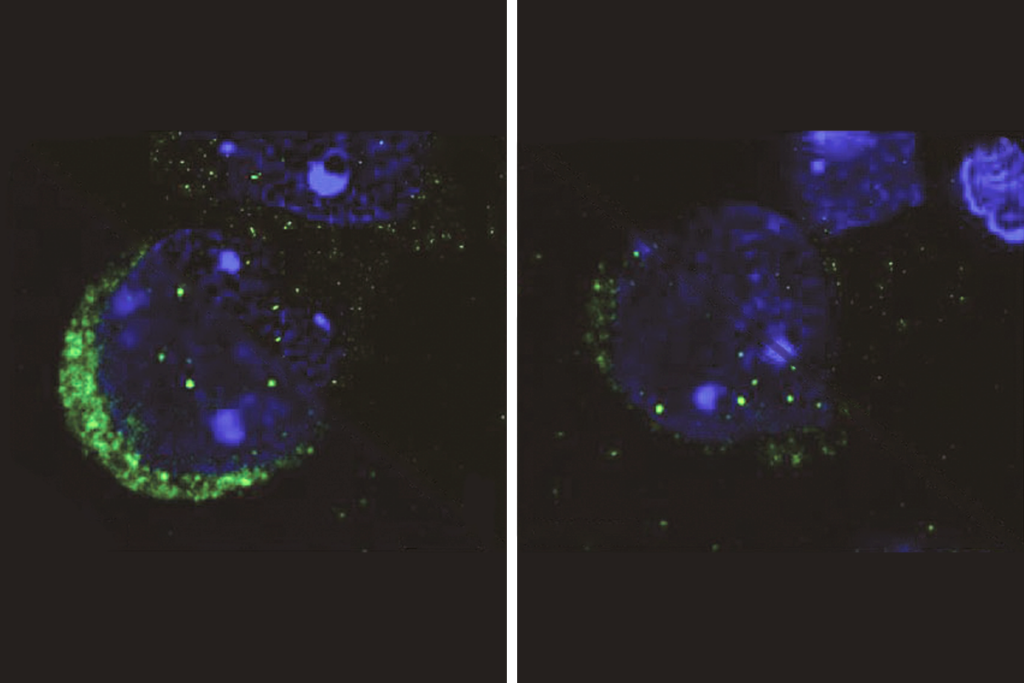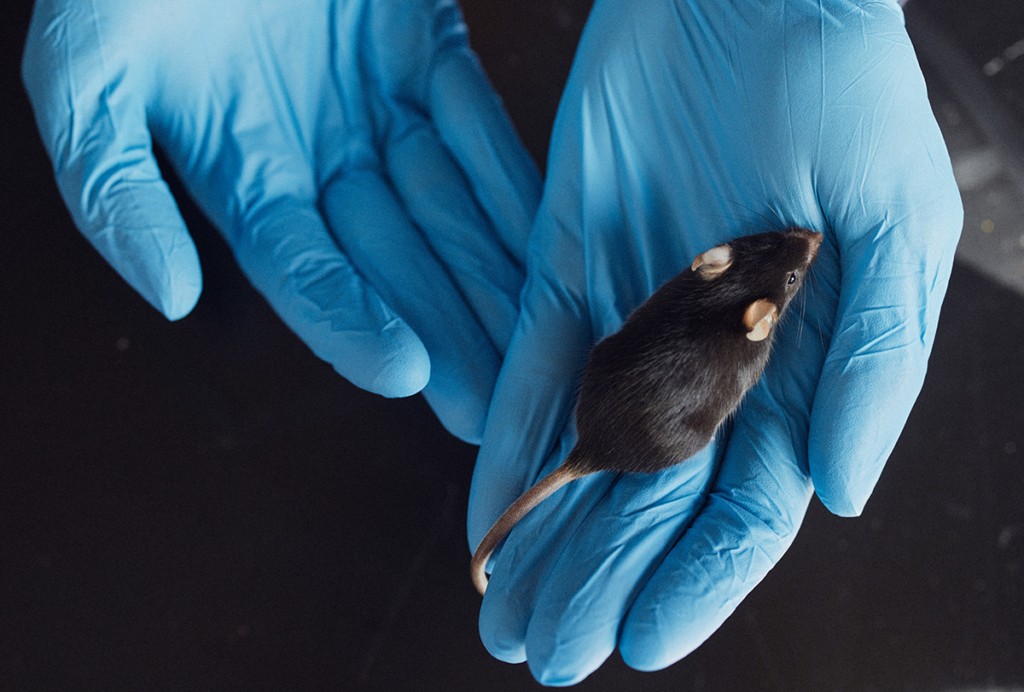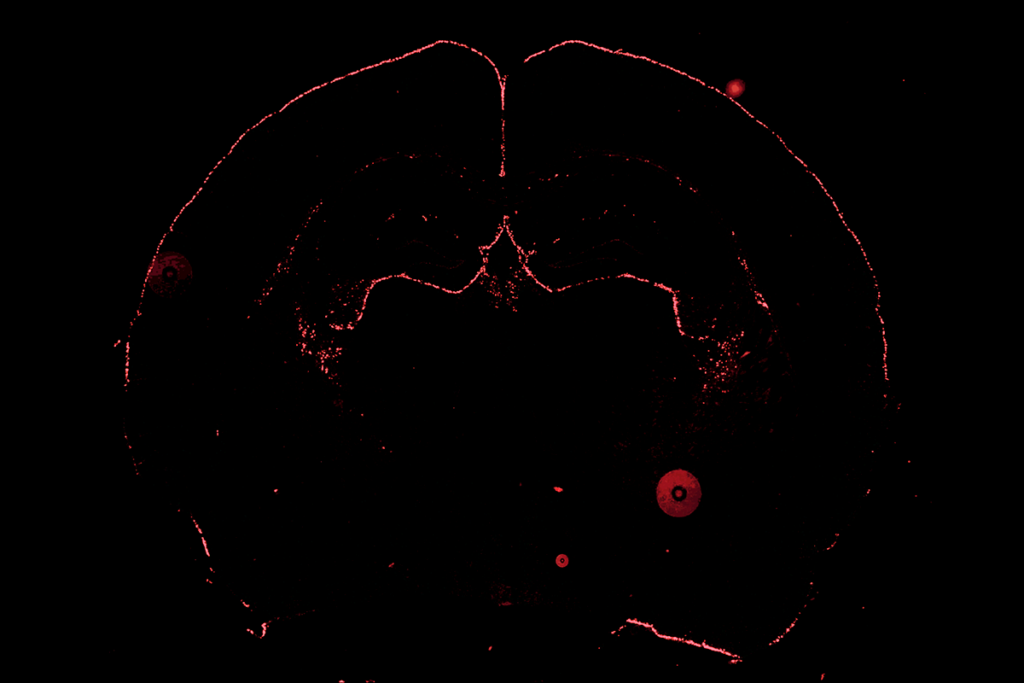Fish tale implicates language gene in autism
Reducing the levels of CNTNAP2 — a gene implicated in both autism and language impairment — in zebrafish leads to a decrease in neurons that dampen signals in the brain, according to unpublished data presented Tuesday at the Society for Neuroscience annual meeting in San Diego.
Reducing the levels of CNTNAP2 — a gene implicated in both autism and language impairment — in zebrafish leads to a decrease in neurons that dampen signals in the brain, according to unpublished data presented Tuesday at the Society for Neuroscience annual meeting in San Diego.
What was already known about CNTNAP2 function did not seem to fully explain its role in autism, says Brent Bill, a postdoctoral fellow in Daniel Geschwind‘s laboratory at the University of California, Los Angeles.
To address this question, the researchers knocked down the levels of CNTNAP2a, a zebrafish homolog of CNTNAP2 they identified. When they tapped their enclosures, instead of just moving for a second or two, “these guys would be swimming all around the plate,” says Bill.
To quantify this effect, he immobilized the heads of the fish in a gel and stimulated a region of their brain that activates an escape response. Control fish wiggle their tails briefly when stimulated, but the CNTNAP2 mutants wag their tails much longer, for up to eight seconds instead of one or two.
Many researchers believe that an imbalance between excitation and inhibition in the brain could account for some of the features of autism.
In particular, neurons that produce gamma-aminobutyric acid, or GABA, have been implicated in autism and related disorders. This is the first study that connects GABA to CNTNAP2.
As with CNTNAP2, inhibiting GABA neurons in control zebrafish increases how long the zebrafish wag their tails. In the mutant fish, the overall numbers of GABAergic neurons are lower. What’s more, activating GABA receptors in these mutant fish restores their reaction to normal.
Using zebrafish “opens up a lot of experiments that can be done because the knock-downs can be done so quickly,” says Bill. He suggests that zebrafish studies could be used as a prelude to mouse models.
For more reports from the 2010 Society for Neuroscience annual meeting, please click here.
Recommended reading

New tool may help untangle downstream effects of autism-linked genes

NIH neurodevelopmental assessment system now available as iPad app

Molecular changes after MECP2 loss may drive Rett syndrome traits
Explore more from The Transmitter
Who funds your basic neuroscience research? Help The Transmitter compile a list of funding sources

The future of neuroscience research at U.S. minority-serving institutions is in danger
